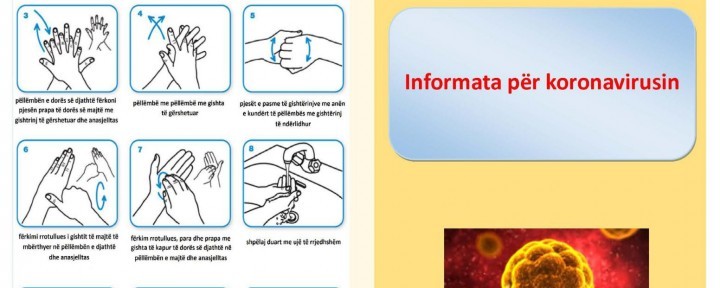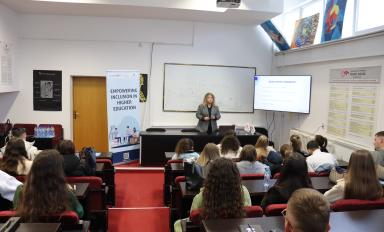
BASIC KNOWLEDGE AND PROTECTIVE MEASURES FOR CORONAVIRUS COVID-19
INCUBATION
Current estimates of the virus incubation period range from 2-10 days. The CDC believes that the COVID-19 incubation period can last from 2 to 14 days after exposure. These ratings will be updated as more data becomes available.
SOURCE OF VIRUS
There is also a suspicion that the new Coronavirus COVID-19 originated from bats or snakes, and was transmitted to humans through an intermediate animal. Both Acute Severe Respiratory Syndrome (SARS) and Middle Eastern Respiratory Syndrome (MERS) are caused by animal-derived Coronaviruses. It is believed that for both hosts Coronaviruses were bats.
THE SPREAD OF VIRUS
Initially, most patients in the COVID-19 epidemic had worked or attended a large market for seafood and live animals in Wuhan, China. This suggests the spread of infection from animals to humans. Later, the increase in the number of patients is not related to their exposure to animal markets, suggesting the spread of the disease from person to person. Cases of infected health workers have also been recorded.
The main route of spread, based on currently available data, are symptomatic cases. The WHO is aware of the potential spread of COVID-19 by infected persons before they develop symptoms. Detailed exposure histories are being obtained to better understand the pre-clinical stage of the infection and how the spread may have occurred in these few cases. Asymptomatic infection can be rare, and spread by one asymptomatic person is very rare with other Coronaviruses, as we have seen with MERS-CoV. Thus, spread from asymptomatic cases is likely not a major route of spread. People who are symptomatic spread the virus more easily through coughing and sneezing.
CLINICAL OVERVIEW
Patients with COVID-19 infection present a wide range of symptoms. Most appear to have mild illness, and about 20% of cases progress to serious illness, including pneumonia, respiratory failure, and in some cases, death.
The disease is initially manifested by fever, dry cough, myalgia or fatigue and difficulty breathing. Some patients had visible signs and symptoms of the upper respiratory tract (e.g. rhinorrhea, sneezing or sore throat), indicating that the target cells may be located in the lower airways. In severe cases, the virus causes severe pneumonia but also failure of other organs (renal failure). COVID-19 patients rarely develop intestinal signs and symptoms e.g. diarrhea (at MERS-CoV or SARS-CoV about 20-25% of patients had diarrhea).
Recovery will largely depend on the state of their immune system. Most of the dead are already known to have suffered from a chronic illness (SKV, HTA, diabetes) or compromised immunity.
PROTECTIVE MEASURES
- Avoiding close contact with people suffering from acute respiratory infections.
- Frequent hand washing, especially after direct contact with sick people or at their residence.
- Avoid touching the face and covering the mouth and nose with handkerchief, sleeves or forearms during coughing and sneezing. Dispose of used handkerchief in the nearest waste bin.
- If you have a fever, cough and difficulty breathing seek medical help immediately and tell the eventual story of traveling abroad.
- Sick people should stay home to prevent the spread of the disease.
- Avoid closed and crowded places.
- Persons who have been in Wuhan Province, China for the past 2 weeks and have a fever, cough or difficulty breathing should seek medical attention immediately.
- Within the health care facilities, standard practices of infection prevention and control in hospitals should be strengthened, especially in emergency services.
- The NIPHK recommends everyone not to travel to China if not necessary.

 Biblioteka fizike
Biblioteka fizike 



